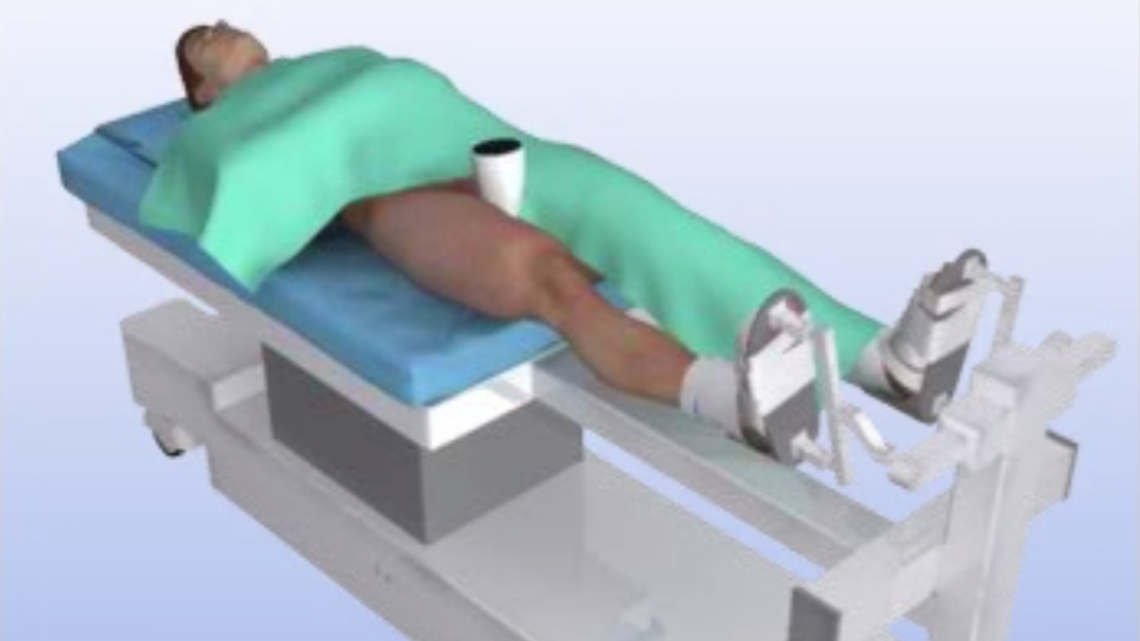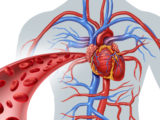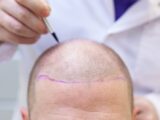
David Crawford MD – An Overview of Hip Arthroscopy Surgery
September 26, 2019A hip arthroscopy procedure is an operation which qualified orthopedic surgeon performs to examine the patient’s hip region carefully. In this minimally invasive surgery, the specialists make small incisions in the patient’s hips in order to insert an arthroscope. This is a fiberoptic instrument with a small camera which allows the surgeons to see the inside of the patient’s hip. The camera enables the surgeons to see images of bones, cartilages, and tissues of the patient’s hip clearly on a large monitor. They can then diagnose the causes of the severe hip pain the patient is experiencing.
David Crawford MD – What is hip arthroscopy?
Dr. David Crawford is a prominent orthopedic surgeon from New Albany, Ohio. He is a graduate of the prestigious Ohio State University College of Medicine. His illustrious career spans over ten years. During this period, he has the distinction of serving as an orthopedic surgeon with the US Army’s 5th Special Forces group. He specializes in the diagnosis and treatment of ailments affecting the human bones, joints, and muscles. These also conditions arising from infections, sports injuries, tumors, and birth defects. He has also been successful in completing a fellowship course in adult hip and knee replacement surgeries from Joint Implant Surgeons.
Under what conditions do orthopedic surgeons perform hip arthroscopy procedure?
David Crawford MD explains that orthopedic surgeons perform a Hip Arthroscopy procedure on a patient under the following three conditions:
- When the individual experiences a serious hip impingement as a result of his osteoarthritis;
- He suffers from severe labral tears after having a serious accident; and
- It is necessary to remove broken bones and cartilage resulting from labral tear.
What happens during the surgery?
Dr. Crawford goes on to explain that qualified orthopedic surgeons first make a thorough diagnosis of the patient’s condition before the procedure. This is necessary to help the specialists assess the likely complications which may arise from the surgery. Moreover, they also take into account the patient’s previous medical history. During the operation, the surgeons first sedate the patient with anesthesia. Then the specialists proceed to place traction on the patient’s leg and make small incisions in his hip. This necessary to insert the arthroscope, which allows the surgeon to identify the damage within the patient’s hip. Then surgeons will insert the necessary surgical instruments through the incisions to repair it. They may have to cut off the torn cartilage, remove the surrounding synovial tissue, and trim the bone spurs. Then the surgeons proceed to stitch up the incisions.
Key Advantages
Dr. Crawford further states the following four advantages of hip arthroscopy procedure:
- Patient hardly experiences any discomfort during the procedure;
- The chances of scarring after the operation are minimum;
- The operation has a short recovery time; and
- There is no need for the patient to undergo a complete hip replacement operation.
David Crawford MD clarifies ahip arthroscopy procedure, is a boon for patients suffering from hip impingement and labral tears. In operation, orthopedic surgeons can see the damage to these individuals’ hips with the aid of arthroscopy. They can then take the necessary steps to repair the damage. The recovery period of the procedure is short, and patients hardly experience any discomfort. Moreover, it is a better option for undergoing total hip replacement surgery.










